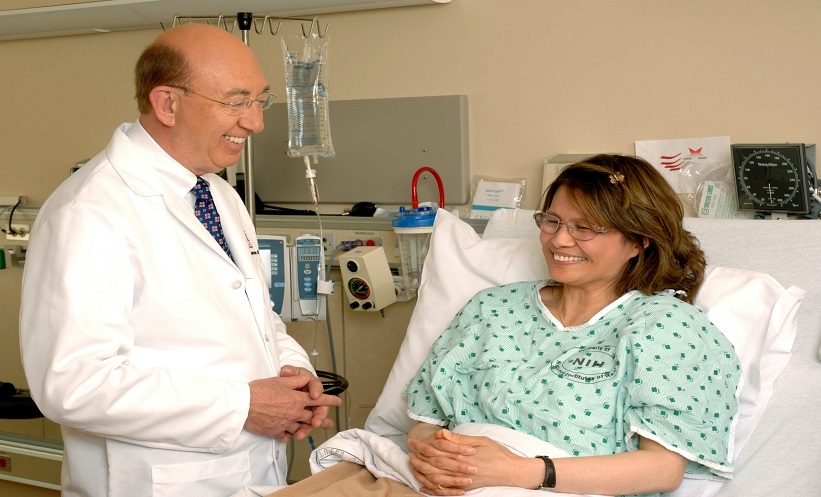RESEARCHERS have developed a novel scoring system that can categorise patients with acute promyelocytic leukaemia (APL) by early-death risk. “This is the first APL score predicting early death that is based on a truly population-based cohort and is also the first to be validated in a completely independent setting,” said senior author Soren Lehmann, Professor of Hematology at Uppsala University and Karolinska Institute (KI), Sweden.
Current treatments have cure rates of approximately 90%. However, early death from a coagulopathy that results in haemorrhage and thrombosis remains a major obstacle. Therefore, it is hoped that this score will help practitioners to know more precisely when to act urgently to treat patients.
Data was used from 301 adult patients diagnosed with APL in Sweden from January 1997 to December 2020. The model was validated with all patients diagnosed with APL and treated at the University Hospital Center of São João, Porto, Portugal, between January 2005 and April 2019. Several variables were assessed to determine their association with the likelihood of early death. This was used to determine cut-off values, which could be useful in a clinical risk prediction tool. Age, platelet count, and white blood cell count were the most significant.
In the training cohort, early death was seen in 4.8%, 20.2%, and 50.9% of those with low-, high-, and very high-risk scores, respectively. In the validation cohort, early death weas seen in 6.7%, 25.0%, and 36.0% of the low-, high-, and very high-risk groups, respectively.
Lehmann emphasised the relevance of the study: “We envision that the score can help clinicians identify patients with a high- or very high-risk of early death, and that such patients should be subjected to an intensified monitoring and more aggressive preventive measures.”
Lehmann also provided guidance on the management of patients assessed as having a high-risk of early death. He advised that platelets and fibrinogen should be monitored 4–6 times a day, with a policy of rapid transfusions when necessary. Discussing the absence of scientific evidence, Lehmann noted: “In a situation without this evidence, we need to discuss and suggest measures that could help prevent especially hemorrhagic events in the high-risk patient. Thus, what type of additional measures that should be taken is a matter of continuous discussions, considerations, and studies.”







